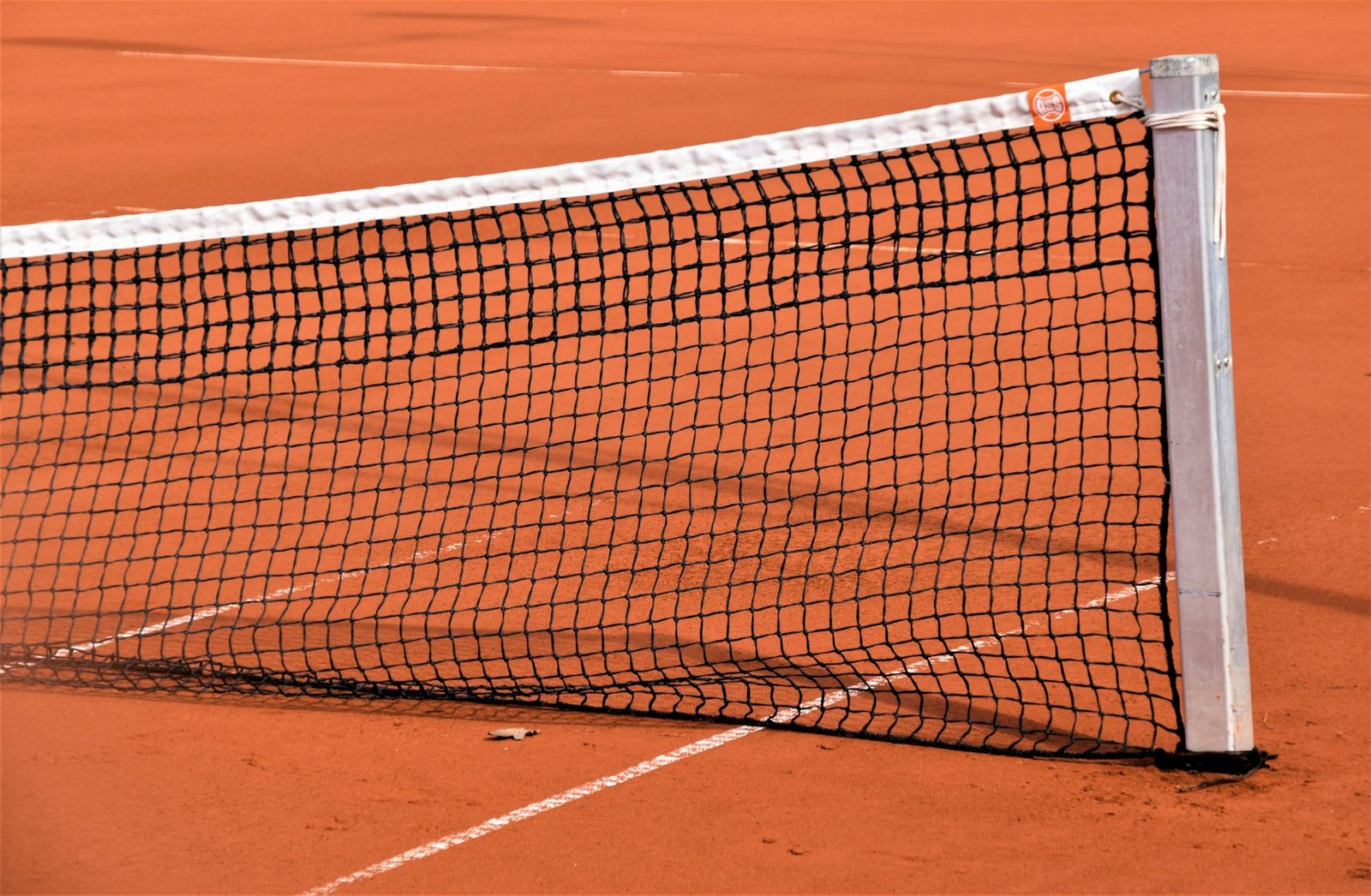fitnexo.shop
Basketball An in-depth look Swimming Wrestling Tennis at the essential Boxing skills and Cricket techniques required Football for success Baseball in tennis, Badminton including training Hockey methods Golf and the mental Volleyball aspects of the game.
The Core Skills of Tennis
To become proficient in tennis, players must develop a variety of skills that work together to enhance their overall performance. Here are some of the most critical skills that every aspiring tennis player should focus on:
1. Forehand and Backhand Strokes
The forehand and backhand strokes are the building blocks of a player's game. A strong forehand allows players to generate power and spin, making it a formidable weapon during rallies. Key aspects of a successful forehand include proper grip, foot positioning, and follow-through. Players should practice consistently to refine their technique, focusing on generating pace and accuracy.
Similarly, the backhand stroke is essential for effective shot-making. Players can choose between a one-handed or two-handed backhand, depending on their comfort and style. The two-handed backhand is often favored for its stability and control, especially when returning fast-paced serves. Training drills that emphasize timing and positioning can greatly improve backhand performance.
2. Serve
The serve is often referred to as the most critical shot in tennis. A powerful and accurate serve can set the tone for the entire point, giving players a distinct advantage. To master the serve, players must focus on several key components: grip, stance, toss, and follow-through. Practicing different types of serves, such as flat, slice, and kick serves, enables players to keep their opponents guessing and can lead to more aces and unreturned serves.
3. Volley
The volley is a crucial Golf skill for players who like to play at the net. Mastering the volley involves quick reflexes and proper positioning. Players should practice approaching the net with confidence and executing volleys with precision. A successful volley can disrupt an opponent's rhythm and lead to easy points.
4. Footwork and Movement
Tennis requires exceptional footwork and agility. Players must be able to move quickly and efficiently around the court to reach the ball. Effective footwork includes lateral movement, forward and backward sprints, and maintaining balance. Drills that focus on agility, such as ladder drills or cone exercises, can enhance a player's movement and reaction time.
5. Mental Toughness
Beyond physical skills, mental resilience is essential for success in tennis. The ability to stay focused under pressure, maintain composure during challenging moments, and recover from setbacks is what separates great players from good ones. Mental training techniques, such as visualization and mindfulness, can help players develop a stronger mental game. Practicing in high-pressure situations, like tie-breaks or match points, can also enhance a player's ability to perform under stress.
Training Techniques for Improvement
To refine these essential Cricket skills, players must engage in effective training routines. Here are several training methods that can help enhance tennis performance:
1. Drills
Repetitive drills are fundamental for developing muscle memory and improving technique. Players Basketball can practice specific strokes, such as forehands and backhands, through target-based drills. Hitting against a wall or with a partner can also simulate match conditions and improve consistency.
2. Conditioning
Physical conditioning is crucial for tennis players, as the sport demands a high level of endurance and agility. Incorporating cardiovascular exercises, strength training, and flexibility work into a training regimen can help players maintain peak physical condition. Activities such as running, cycling, and swimming can enhance cardiovascular fitness, while resistance training can build the strength necessary for powerful strokes.
3. Match Play
Simulating match conditions during practice sessions is vital for improving competitive skills. Playing practice matches against different opponents helps players adapt to various playing styles and build their strategic thinking. Analyzing match performance can also provide valuable insights into areas for improvement.
4. Video Analysis
Utilizing video analysis can be a powerful tool for skill development. Recording practice sessions or matches allows players to review their techniques and make necessary adjustments. Coaches can provide feedback based on video footage, helping players identify strengths and weaknesses in their game.
The Importance of Coaching
While self-practice is essential, working with a qualified coach can accelerate a player's development. A coach can provide personalized feedback, design tailored training programs, and introduce new strategies to enhance performance. Whether through group lessons or one-on-one sessions, coaching plays a pivotal role in shaping a player's journey in tennis.
Conclusion
Mastering the art of tennis involves a dedicated approach to developing essential skills, refining techniques, and maintaining mental resilience. By focusing on key components like strokes, footwork, and serving, players can enhance their overall performance. Additionally, implementing effective training methods, engaging in match play, and seeking guidance from coaches will lead to continuous improvement and success in the game. Ultimately, tennis is a rewarding sport that demands both physical and mental commitment, making it a lifelong pursuit for those passionate about the game.